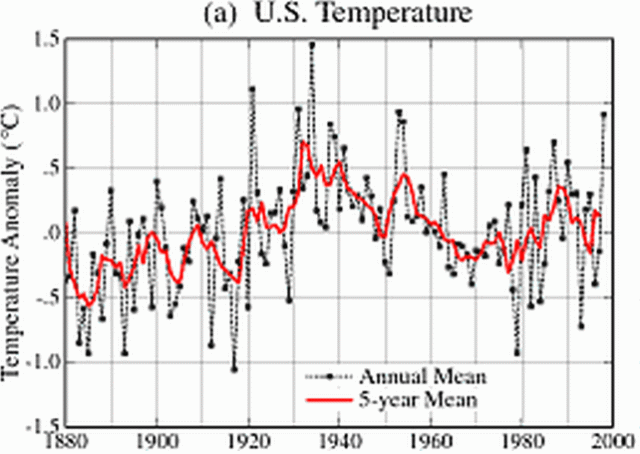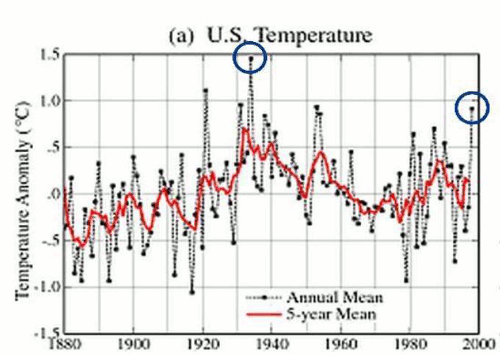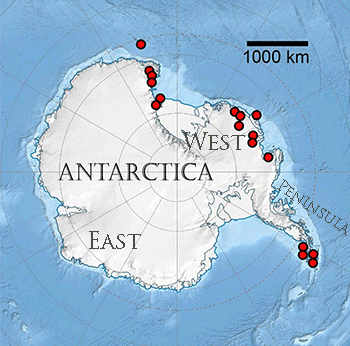Look, more magic volcano mumbo-jumbo from the jungle savages. The Antarctic volcanoes weren't melting all the ice before, but the scary voodoo magic of the deniers must have brought forth the anger of the volcano gods.
Instead of denier voodoo science, let's try the most recent and accurate data. Cryosat-2, being specifically designed to measure ice, is more accurate than the GRACE satellite's gravity-based measurements.
Increased ice losses from Antarctica detected by CryoSat-2 - McMillan - 2014 - Geophysical Research Letters - Wiley Online Library
---
We use 3 years of Cryosat-2 radar altimeter data to develop the first comprehensive assessment of Antarctic ice sheet elevation change. This new data set provides near-continuous (96%) coverage of the entire continent, extending to within 215 km of the South Pole and leading to a fivefold increase in the sampling of coastal regions where the vast majority of all ice losses occur. Between 2010 and 2013, West Antarctica, East Antarctica, and the Antarctic Peninsula changed in mass by −134 ± 27, −3 ± 36, and −23 ± 18 Gt yr−1, respectively.
---
East Antarctica is basically neutral now.
West Antarctica and the peninsula are losing ice big time.
Instead of denier voodoo science, let's try the most recent and accurate data. Cryosat-2, being specifically designed to measure ice, is more accurate than the GRACE satellite's gravity-based measurements.
Increased ice losses from Antarctica detected by CryoSat-2 - McMillan - 2014 - Geophysical Research Letters - Wiley Online Library
---
We use 3 years of Cryosat-2 radar altimeter data to develop the first comprehensive assessment of Antarctic ice sheet elevation change. This new data set provides near-continuous (96%) coverage of the entire continent, extending to within 215 km of the South Pole and leading to a fivefold increase in the sampling of coastal regions where the vast majority of all ice losses occur. Between 2010 and 2013, West Antarctica, East Antarctica, and the Antarctic Peninsula changed in mass by −134 ± 27, −3 ± 36, and −23 ± 18 Gt yr−1, respectively.
---
East Antarctica is basically neutral now.
West Antarctica and the peninsula are losing ice big time.






